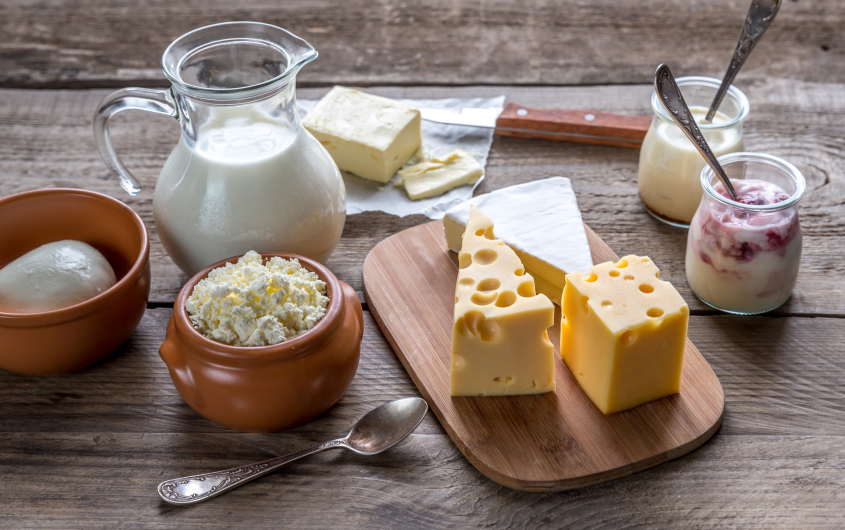
This month's Paper of the Month is from Proceedings of the Nutrition Society and is entitled ‘Milk and dairy produce and CVD: new perspectives on dairy and cardiovascular health'. Authors, Julie A. Lovegrove and Ditte A. Hobbs, University of Reading, discuss the evidence on dairy product intake and cardiovascular disease risk and implications for dietary advice.
One key recommendation for decreasing cardiovascular disease (CVD) risk is to reduce saturated fat intake to less than 10% total energy, yet the majority of the UK population are exceeding this level. As dairy products contribute over 27% of total dietary saturated fat intake, recommendations to reduce or eliminate their intake is a common approach for CVD risk reduction. However, evidence suggests that milk and dairy consumption is associated with minimal impact on CVD risk, so targeting their exclusion is not an evidenced-based strategy for disease prevention.
Meta-analysis of large cohort studies has identified inverse associations between milk consumption and stroke, and overall CVD risk, with no effect on coronary heart disease risk. While this may seem counter-intuitive with respect to the high SFA content of these foods, new research suggests that other components within dairy products may be reducing the negative effects of the SFA on cardiovascular health. In relation to the total fat content of dairy foods, there is insufficient comparative data on the effects of whole and low-fat dairy products, to support any consensus on whether lower fat dairy products are healthier. There is some evidence that lower fat dairy foods may be more beneficial in terms of reducing CVD risk, though this requires confirmation in randomly controlled human intervention studies.
In epidemiological studies, a high intake of dairy has also been associated with lower levels of key biomarkers of CVD, most notably hypertension. This finding has been reinforced by evidence from randomly controlled dietary intervention studies that milk, and specifically milk proteins, can lower blood pressure. There are also supportive mechanistic data that milk proteins and bioactive peptides can regulate blood pressure, possibly through inhibition of a key modulator of high blood pressure, angiotensin converting enzyme (ACE).
Dairy products are known to contain other bioactive components, including calcium, which in addition to a favourable effect on blood pressure, may limit the serum cholesterol-raising response of certain dairy products (excluding butter) that would be predicted from their SFA content alone. In this respect, the excretion of SFA as calcium containing soaps is emerging as a potential mechanism for lower SFA absorption and explains in part, the lower cholesterol response.
Implications
Current evidence indicates that milk and dairy products (excluding butter) are not associated with detrimental effects on CVD risk, and may exert benefits to cardiovascular health. Therefore, exclusion of milk, cheese and yoghurt should be contraindicated as a strategy for the primary prevention of CVD in populations.
Julie A. Lovegrove and Ditte A. Hobbs, Hugh Sinclair Unit of Human Nutrition, Department of Food and Nutritional Sciences, and Institute for Cardiovascular and Metabolic Research (ICMR), University of Reading.
